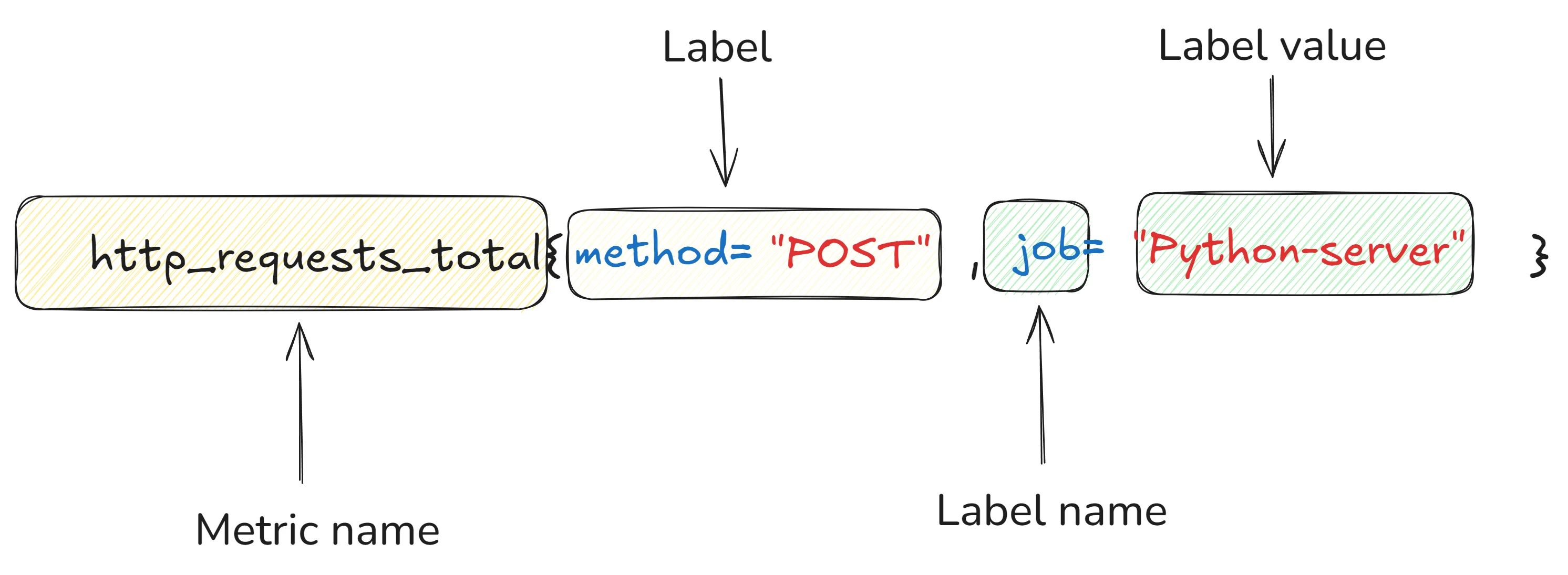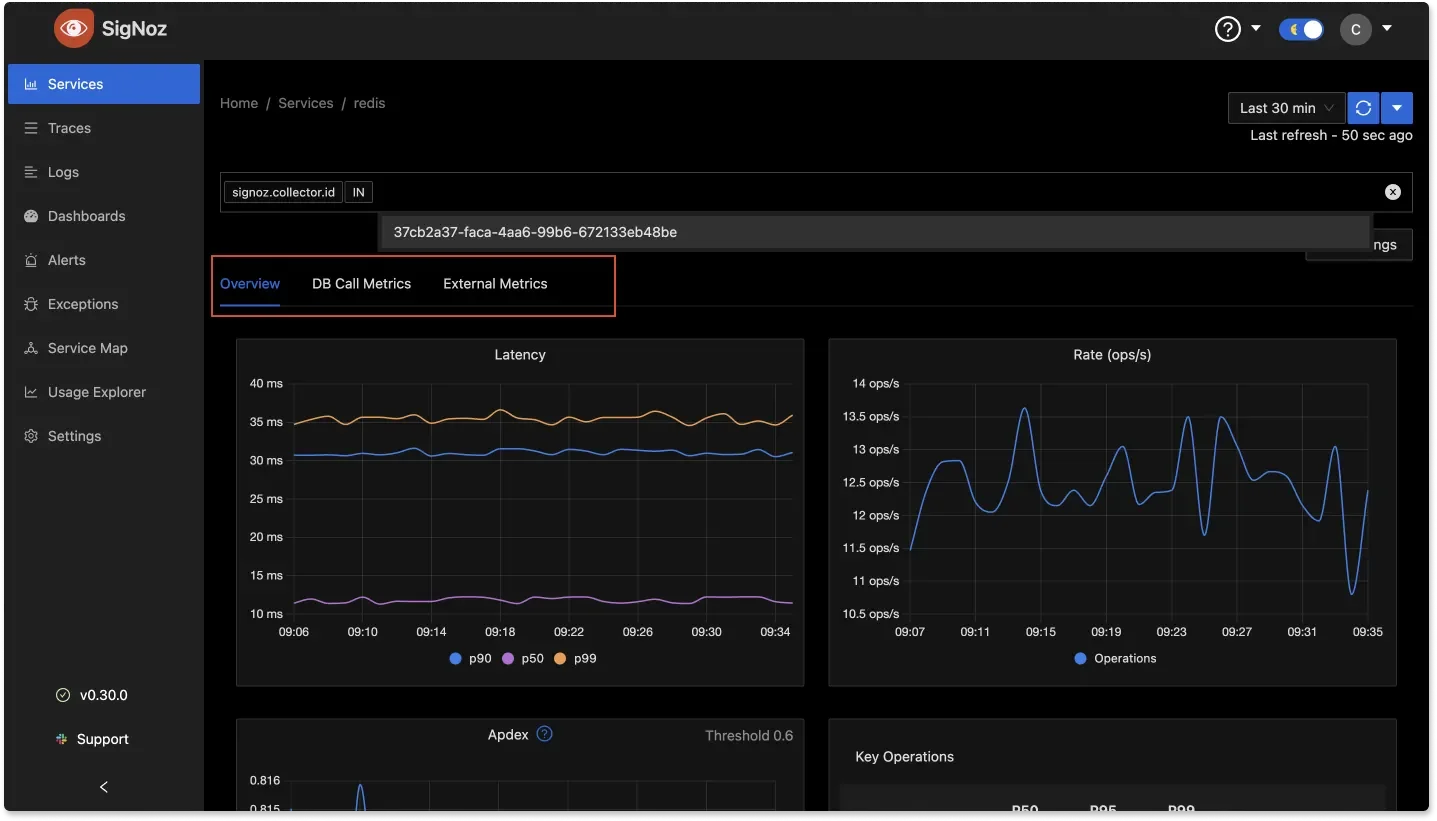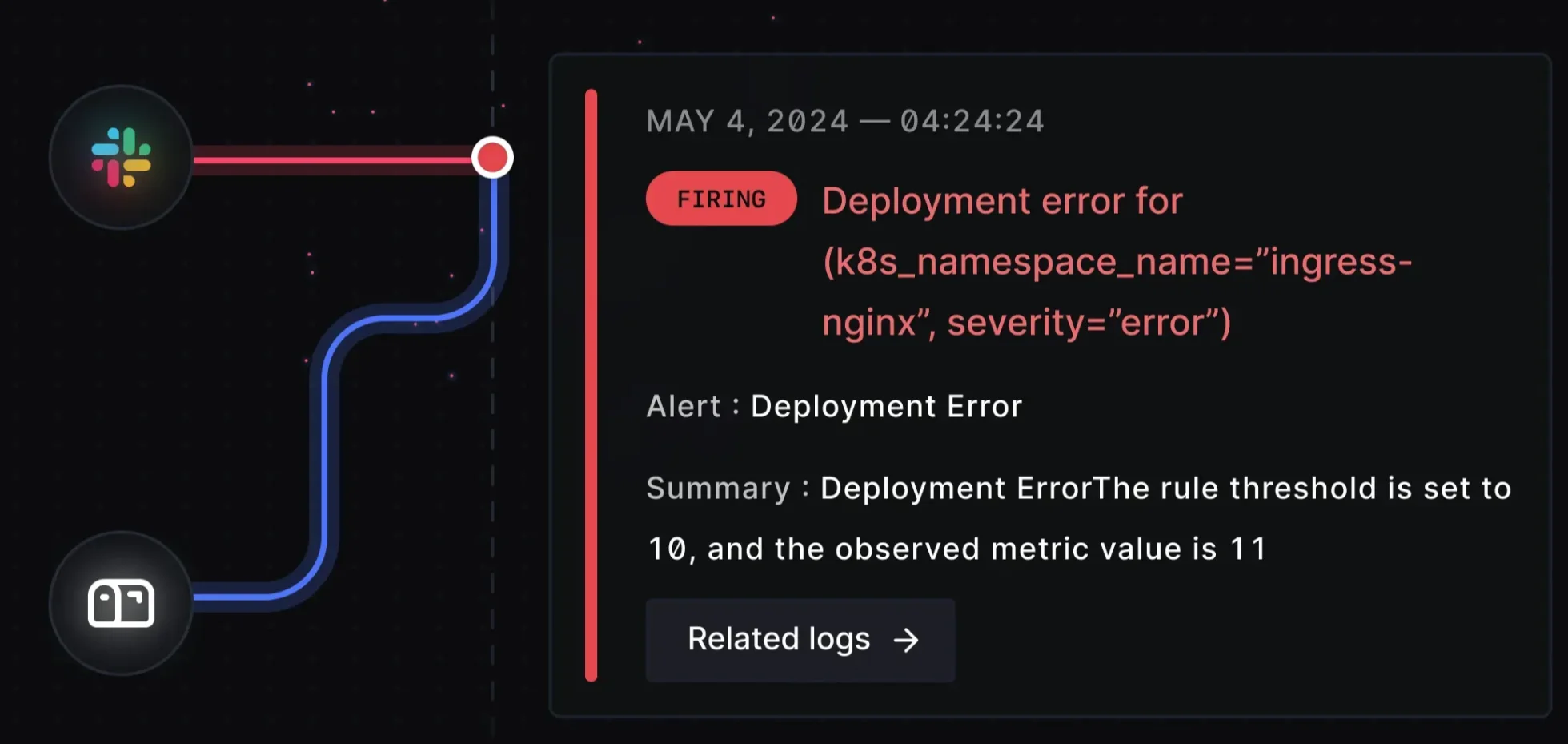Prometheus, a powerful open-source monitoring and alerting toolkit, relies heavily on vector-based data structures to handle time series information. Understanding the difference between instant vectors and range vectors is crucial for effective monitoring and data analysis. This article delves into the intricacies of these vector types, their applications, and how to leverage them for optimal performance in your monitoring setup.
Understanding Prometheus Vectors: The Foundation of Time Series Data
Prometheus vectors form the backbone of time series data representation in modern monitoring systems. They serve as collections of time series data points, enabling efficient storage, retrieval, and analysis of complex, multi-dimensional metrics over time.
Core Components of Time Series Data
Each time series in a Prometheus vector consists of three key components:
- Metric Name: A unique identifier for the measurement being collected (e.g.,
http_requests_total) - Label Set: Key-value pairs that provide additional context for the metric (e.g.,
{method="GET", endpoint="/api/v1/users"}) - Sample: A data point that records the value of the metric at a specific point in time.

These components together allow Prometheus to store and query multi-dimensional data efficiently.
Types of Prometheus Vectors
Prometheus organizes its time series data into two primary types of vectors:
- Instant Vectors: Represent data at a specific moment, capturing the latest value of each time series.
- Range Vectors: Represent data over a specified time range, allowing you to analyze changes and trends over time.
Importance of Vectors in Prometheus
The importance of vectors lies in their ability to capture and organize complex, multi-dimensional data points over time. They enable users to perform detailed queries, efficiently monitor and analyze system performance, troubleshoot issues, and gain insights into application behavior.
Now that you’ve been introduced to these two types, let’s dive deeper into each one of them.
What are Instant Vectors in Prometheus?
Instant vectors represent a snapshot of your metrics at a single point in time. They capture the most recent data point for each time series that matches a given query. Think of instant vectors as a photograph — they freeze a moment in time, allowing you to analyze the current state of your system.
Key Characteristics of Instant Vectors:
- Single Point in Time: Instant vectors capture the value of a metric at a particular point in time.
- Simplicity: Instant vectors provide a quick snapshot, making them ideal for real-time monitoring.
- Static Use: They work best for situations where you don’t need historical data.
To query instant vectors in PromQL (Prometheus Query Language), you simply use the metric name and optional label selectors. For example:
http_requests_total{status="200"}
This query returns the current value of the http_requests_total metric for all-time series with a status label of "200".
Examples of Instant Vector Queries
Let's explore some practical examples of instant vector queries:
Simple metric selection:
app_requests_total
Simple metric selection using instant vector This query returns the requests based on the metric specified.
Label matching:
app_requests_total{endpoint="/error"}
Label matching using instant vector This query returns the requests based on specified metric and matching label
Applying functions:
sum(app_requests_total)
Applying functions using instant vector This query returns the summation for all values based on the metric specified.
Use Cases for Instant Vectors:
- Alerting: Check if a service is up or down at a specific moment.
- Spot Checks: Monitor the current resource usage like CPU or memory.
- Simple Monitoring: Ideal for dashboards that only need to reflect the current state of the infrastructure.
What are Range Vectors in Prometheus?
Range vectors, unlike instant vectors, capture data over a specified time interval. They provide a series of samples for each matching time series, allowing you to analyze trends and patterns over time. Think of range vectors as a video clip — they show you how metrics change over a defined period.
Key features of range vectors include:
- Multiple Data Points: Captures a series of data points within a specified range of time.
- Trend Analysis: Useful for observing patterns and calculating rates.
- Aggregations: Enables operations like summing values over a time range.
To query range vectors in PromQL, you append a time range selector to the metric name. For example:
app_requests_total{endpoint="/"}[2m]

This query returns the values of the app_requests_total metric with an endpoint of "/" over the last 2 minutes.
Practical Applications of Range Vectors
Range vectors excel in scenarios that require historical context:
Calculating rates:
rate(app_requests_total[15m])This calculates the per-second average increase in the
app_requests_totalcounter over the last 15 minutes.
Calculating rates using range vector Detecting anomalies:
avg_over_time(app_requests_total[1h]) > 90This checks if the average value of
app_requests_totalover the past hour is greater than 90.
Detecting anomalies using range vector 3. Aggregating data:
sum by (method) (rate(app_requests_total[1h]))This query will show you the average request rate, aggregated by HTTP method, over the last 1 hour.

Aggregating data using range vector
Best practice: Choose an appropriate time range for your range vector queries. Too short, and you may miss important trends; too long, and you risk performance issues.
Instant Vector vs Range Vector: Key Differences
Understanding the distinctions between instant and range vectors is crucial for effective Prometheus usage:
| Aspect | Instant Vector | Range Vector |
|---|---|---|
| Temporal Scope | Captures data at a single moment in time | Captures data over a specified time interval |
| Data representation | Returns a scalar or value | Returns a series of values across time |
| Use Case | Best for real-time monitoring | Best for trend analysis and rate calculations |
| Performance | Faster, as it retrieves a single point | Requires more resources due to time-range processing |
| Query complexity | Simple queries | More complex, often involving functions |
When to Use Instant Vectors vs Range Vectors
The choice between instant and range vectors depends on your specific monitoring needs.
Use Instant Vectors When:
- You need real-time monitoring (e.g., system uptime).
- You’re interested in the current state of a metric without historical context.
- Query performance is critical, and resource usage must be kept low.
Use Range Vectors When:
- You want to analyze trends or patterns over time.
- You’re calculating rates or averages (e.g., CPU usage trends).
- You need to aggregate data for long-term insights.
Advanced PromQL Techniques with Vectors
Mastering vector manipulation in PromQL unlocks powerful querying capabilities:
Combining instant and range vectors:
sum(rate(app_requests_total[5m])) / sum(up)This query calculates the average request rate per active instance.
Subqueries
Subqueries allow you to extract intermediate data, making it easier to combine instant and range vectors for more complex analysis.
For example, to calculate the average request rate over 5 minutes, within the last hour window:
avg_over_time(rate(app_requests_total[5m])[1h:])This query calculates the average rate of requests (
app_requests_total) over a 5-minute window, for the past 1 hour. It helps track trends in request rates over time.Vector Arithmetic
You can also perform arithmetic operations between vectors for customized metrics. For instance, to compute the ratio of requests to CPU usage over a 5-minute window:
(app_requests_total[5m]) / (node_cpu_seconds_total[5m])This query divides the number of requests (
app_requests_total) by the CPU time (node_cpu_seconds_total), giving you a ratio of requests per CPU second over the last 5 minutes. This can help you understand how efficiently your application is utilizing CPU resources relative to the incoming traffic.
Optimizing Prometheus Queries with SigNoz
While Prometheus offers powerful querying capabilities, tools like SigNoz can further optimize and visualize your data. SigNoz offers enhanced features for vector-based querying and visualization. SigNoz is a Prometheus-compatible monitoring solution that makes it easy to work with both instant and range vectors.
Enhanced Visualization: SigNoz offers out-of-the-box dashboards that improve the readability of vector-based queries.

Enhanced Visualization of vectors using SigNoz Improved Performance: SigNoz optimizes large data sets and vector queries, making it faster to handle complex queries.
Traceability and Context: SigNoz provides a holistic view of your application by integrating traces, logs, and metrics. This enables you to correlate metrics from Prometheus with traces to identify the root cause of performance issues more efficiently.

Holistic view of traces, logs and metrics using SigNoz Customizable Alerts: SigNoz allows for setting up advanced alerting mechanisms based on your vector queries, ensuring that you receive timely notifications about any anomalies or performance degradation in your application.

Customizable Alerts in SigNoz
SigNoz Cloud is the easiest way to run SigNoz. Sign up for a free account and get 30 days of unlimited access to all features.
You can also install and self-host SigNoz yourself since it is open-source. With 24,000+ GitHub stars, open-source SigNoz is loved by developers. Find the instructions to self-host SigNoz.
Common Challenges and Troubleshooting
When working with Prometheus vectors, you may encounter several challenges:
- Missing data:
- For instant vectors: Use default values (e.g.,
oroperator in PromQL) to handle missing data. - For range vectors: Consider using functions like
absent_over_time()to detect gaps.
- For instant vectors: Use default values (e.g.,
- High cardinality:
- Limit the number of unique label combinations in your metrics.
- Use aggregation to reduce the dimensionality of your data.
- Query performance:
- Optimize your queries by limiting time ranges and using efficient functions.
- Consider using recording rules for frequently used queries.
- PromQL errors:
- Double-check your syntax, especially when mixing vector types.
- Use the Prometheus expression browser to test and debug complex queries.
Key Takeaways
- Instant vectors provide snapshot data, while range vectors capture time intervals.
- Choose vector types based on specific monitoring and analysis needs.
- Range vectors offer more flexibility but may impact query performance.
- Mastering both vector types is crucial for effective Prometheus usage.
FAQs
What is the maximum time range for a range vector in Prometheus?
In Prometheus, there isn't an explicit hard limit for the maximum time range for a range vector, but it is generally constrained by the amount of data stored and the retention policy set in your Prometheus configuration.
Can I convert an instant vector to a range vector in PromQL?
You can’t directly convert an instant vector to a range vector, but you can approximate the behavior using functions like rate() or avg_over_time() with a range vector.
How do vector selectors affect query performance?
Vector selectors, especially those with complex label matching, can significantly impact query performance. More specific selectors generally result in faster queries by reducing the amount of data processed. However, overly complex selectors may increase query parsing time.
Are there any limitations to using range vectors with high-resolution metrics?
Yes, using range vectors with high-resolution metrics over long time periods can lead to increased memory usage and slower query performance. When working with high-resolution data, consider using shorter time ranges or aggregating data to a lower resolution for long-term analysis.
